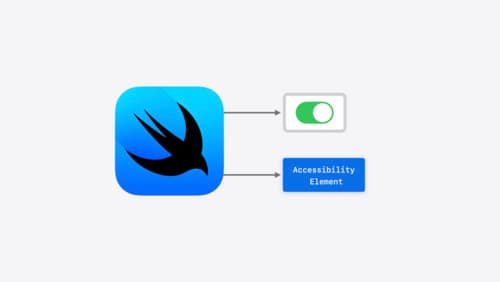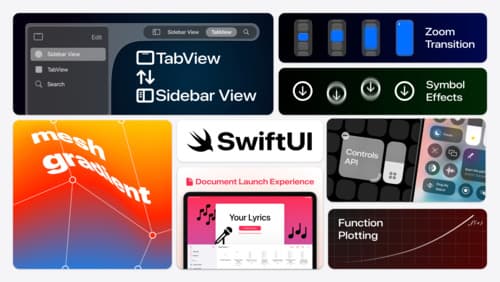SwiftUI和ML的结合
Asked on 2025-03-03
1 search
At WWDC 2024, Apple presented several sessions that highlight the integration of SwiftUI and machine learning (ML) on their platforms. While there isn't a specific session that directly combines SwiftUI and ML, there are relevant sessions that discuss each technology individually and their capabilities.
-
SwiftUI: SwiftUI is emphasized as a powerful tool for building apps across all Apple devices. It allows developers to focus on describing the UI they want, while SwiftUI handles details like dark mode and dynamic type. This makes it easier to share code across different platforms. For more details, you can refer to the Platforms State of the Union session.
-
Machine Learning: The session "Explore machine learning on Apple platforms" covers how Core ML is used to deploy models on Apple devices, providing performance and simplifying the development workflow. Core ML automatically segments models across CPU, GPU, and neural engine to maximize hardware utilization. This session also introduces new features for running generative AI models on devices. You can explore more in the Explore machine learning on Apple platforms session.
While these sessions do not directly combine SwiftUI and ML, they provide insights into how each can be used effectively on Apple platforms. If you are interested in integrating ML into a SwiftUI app, you would typically use Core ML to handle the machine learning aspects and SwiftUI to build the user interface.

Get started with HealthKit in visionOS
Discover how to use HealthKit to create experiences that take full advantage of the spatial canvas. Learn the capabilities of HealthKit on the platform, find out how to bring an existing iPadOS app to visionOS, and explore the special considerations governing HealthKit during a Guest User session. You’ll also learn ways to use SwiftUI, Swift Charts, and Swift concurrency to craft innovative experiences with HealthKit.

Catch up on accessibility in SwiftUI
SwiftUI makes it easy to build amazing experiences that are accessible to everyone. We’ll discover how assistive technologies understand and navigate your app through the rich accessibility elements provided by SwiftUI. We’ll also discuss how you can further customize these experiences by providing more information about your app’s content and interactions by using accessibility modifiers.

What’s new in SwiftUI
Learn how you can use SwiftUI to build great apps for any Apple platform. Explore a fresh new look and feel for tabs and documents on iPadOS. Improve your window management with new windowing APIs, and gain more control over immersive spaces and volumes in your visionOS apps. We’ll also take you through other exciting refinements that help you make expressive charts, customize and layout text, and so much more.
